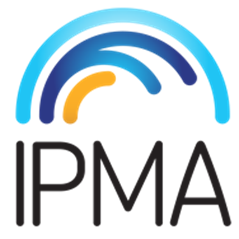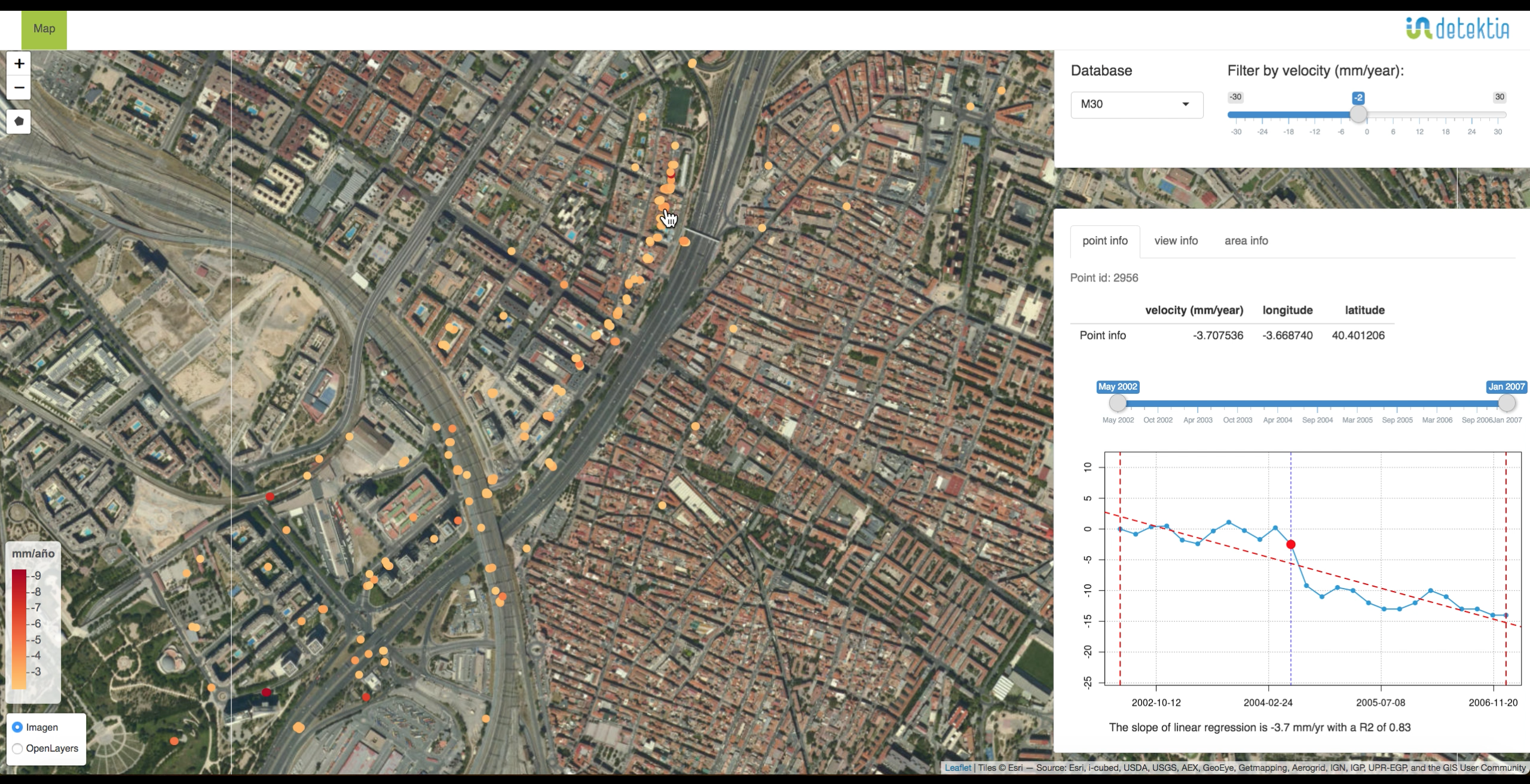Success story
Monitoring fishing activity
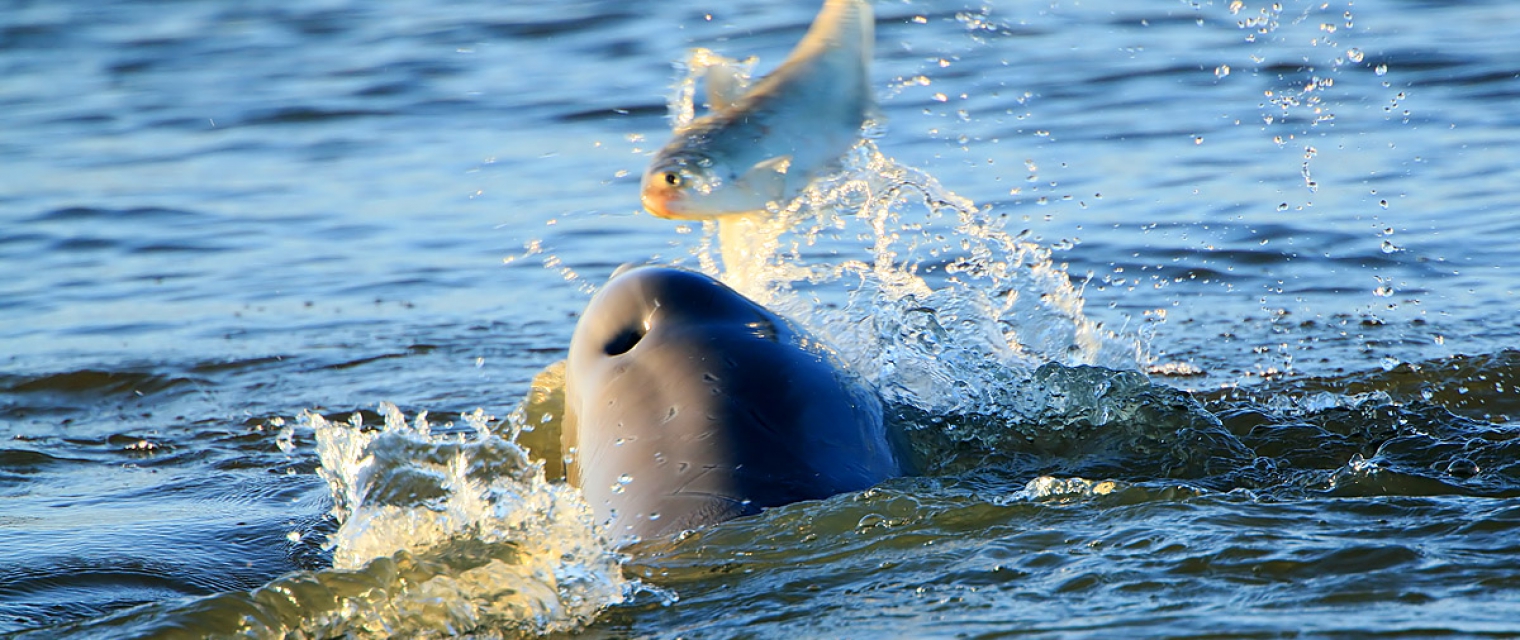
Profile
Reconciling food security with the sustainable use of biotic renewable resources, including marine resources, while ensuring environmental protection is the major aim of the Bioeconomy Strategy. The current policy context in which the Bioeconomy operates is included in the agendas of the UN, embedded in the SDGs, and in the EU, demanding better monitoring and assessment frameworks.
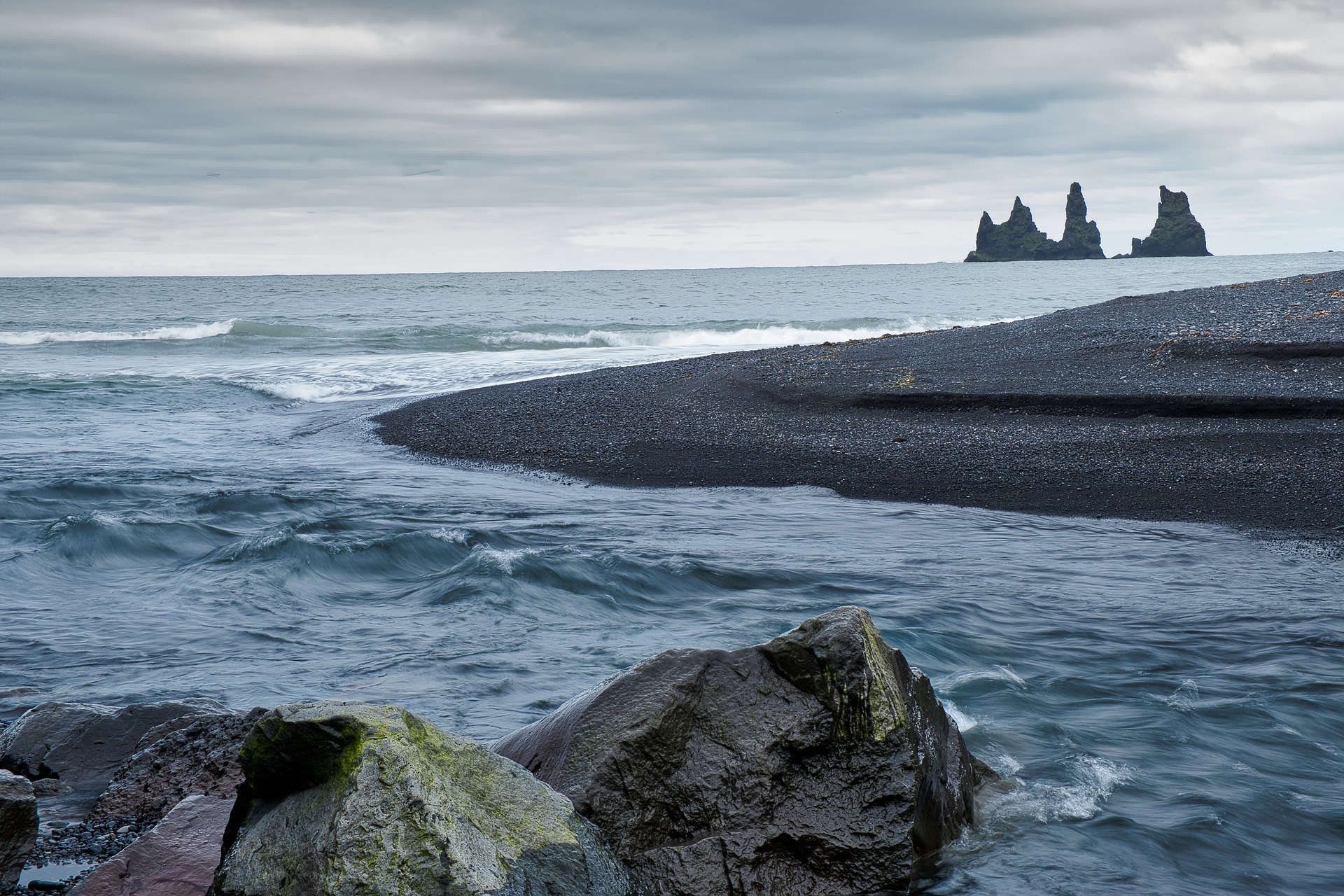
Proposal
In this e-shape pilot, access to high quality monitoring data on marine ecosystems, including data on the human uses and environmental data, is determinant in driving research and promoting better advice in line with the Common fishing Policy (CFP) and the Marine Strategy Framework Directive (MSFD) objectives.
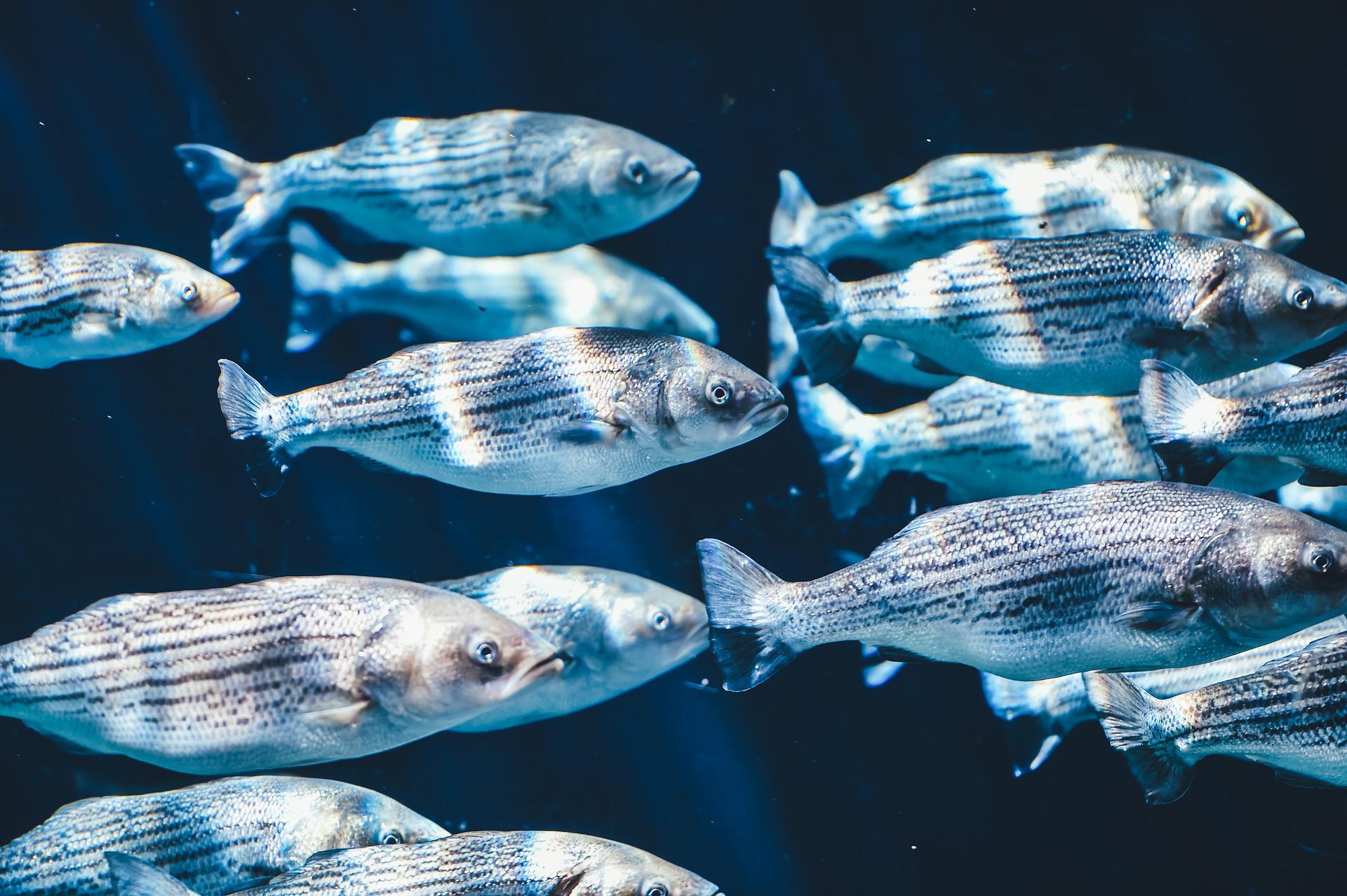
Benefits
- Strengthened monitoring of human activities in the Northeast Atlantic
- Characterization and quantification of the human pressure related to fishing activities
- Increased awareness of the human footprint in marine ecosystem


